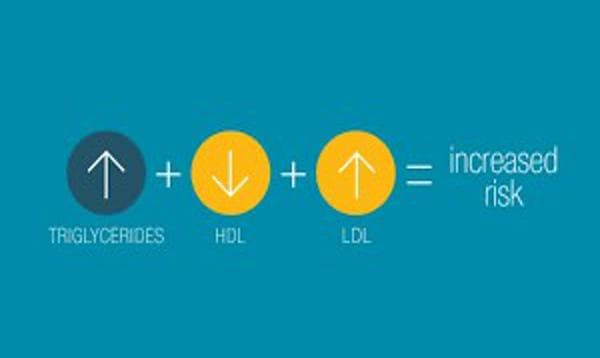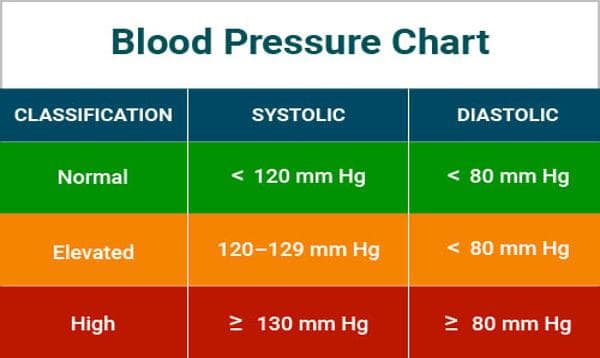
Coronary Heart Disease Risk Calculator – Know Your Heart Health
Learn about Coronary Heart Disease (CHD), its risk factors, calculation, and how to use the information to maintain heart health.
January 5, 2025
Learn about stroke, its risk factors, assessment, and how to use the Stroke Risk Assessment Calculator to measure your risk level and improve your health.

A stroke occurs when the blood supply to part of the brain is interrupted or reduced, preventing brain tissue from getting enough oxygen and nutrients. This can lead to brain cells dying within minutes. Strokes can cause lasting brain damage, long-term disability, or even death if not treated promptly.
Assessing your risk of stroke is crucial for early detection and prevention. Understanding your risk factors allows you to make informed decisions about lifestyle changes and medical interventions that can reduce your likelihood of experiencing a stroke.
The Stroke Risk Assessment Calculator considers various factors such as age, gender, blood pressure, cholesterol levels, smoking status, diabetes, and history of cardiovascular disease. These factors are used to estimate your risk of having a stroke within the next 10 years.
Hypertension is the leading risk factor for stroke. It can damage blood vessels and lead to blockages or bursts that cause strokes.
High levels of LDL cholesterol can contribute to the buildup of plaques in the arteries, increasing the risk of stroke.
Diabetes increases the risk of stroke by contributing to the damage of blood vessels and promoting the buildup of fatty deposits.
Smoking damages the blood vessels and increases the likelihood of blood clots forming, which can lead to a stroke.
Conditions such as atrial fibrillation, heart valve disease, and heart attacks can increase the risk of stroke.
Focus on fruits, vegetables, whole grains, lean proteins, and healthy fats. Limit salt, sugar, and unhealthy fats.
Aim for at least 150 minutes of moderate-intensity exercise per week to maintain cardiovascular health.
If you smoke, seek help to quit and avoid exposure to secondhand smoke.
Consume alcohol in moderation, if at all.
Work with your healthcare provider to manage conditions such as hypertension, diabetes, and high cholesterol.
Common warning signs of a stroke include:
If you or someone else experiences these symptoms, seek emergency medical attention immediately.
Our Stroke Risk Assessment Calculator is user-friendly and provides an estimate of your stroke risk. Enter your age, gender, blood pressure, cholesterol levels, smoking status, and other relevant information to calculate your risk. Use this information to take proactive steps to manage your risk factors and improve your health.
There are several myths about stroke and prevention that can lead to confusion:
Understanding and assessing your stroke risk is essential for maintaining overall health and preventing stroke. Use our Stroke Risk Assessment Calculator to determine your risk level and take proactive steps to reduce it. By adopting a healthy lifestyle and managing risk factors, you can lower the likelihood of experiencing a stroke and enjoy a healthier future.
More Articles

Learn about Coronary Heart Disease (CHD), its risk factors, calculation, and how to use the information to maintain heart health.
January 5, 2025

Learn about Cholesterol Ratio, its significance, calculation, and how to use it to assess your heart disease risk.
January 5, 2025

Learn about LDL and HDL Cholesterol, their differences, importance, and how to use the LDL & HDL Cholesterol Difference Calculator to maintain healthy cholesterol levels.
January 5, 2025

Learn about the Triglyceride-to-HDL Ratio, its importance, calculation, and how to use it to assess cardiovascular risk.
January 5, 2025

Learn about Blood Pressure, its significance, classification, and how to use it to maintain healthy blood pressure levels.
January 5, 2025